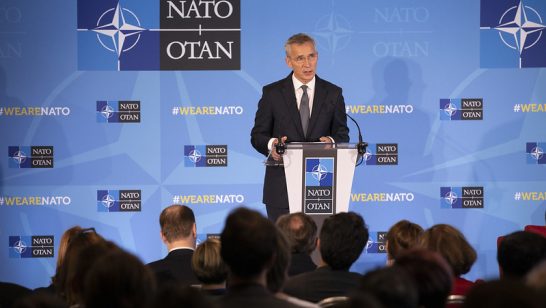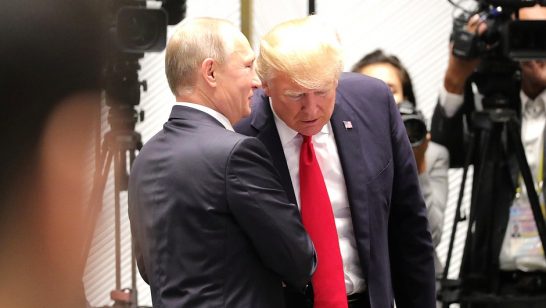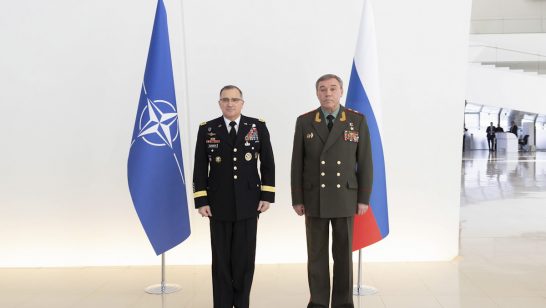
NATO’s deterrence and defence posture will be high on the agenda of NATO’s Summit, taking place in Warsaw on 8-9 July 2016.
Most of the attention so far has been devoted to the conventional force posture, including forward-deployed forces in the Baltic Sea area. But NATO is also considering if and how it should adopt its nuclear posture and capabilities to the challenges of Russia’s assertive security policy.
The new report, “NATO’s Nuclear Future: Deter, Reassure, Engage?”, prepared by the Nuclear Threat Initiative (NTI) and co-authored by ELN Senior Associate Fellow Simon Lunn, argues that NATO must adopt a balanced approach that includes the proper mix of deterrence, reassurance, and engagement with Russia.
Adopting such an approach, which best reflects the interests and views of all allies, would simultaneously strengthen NATO’s security and help to avoid further escalation with Russia. It would also reduce the risks of accidents or incidents involving nuclear weapons or materials.
The authors offer the following key recommendations:
- When taking steps at the Warsaw summit to strengthen NATO’s deterrence and defence posture and reassure allies, the alliance must also seek to avoid escalating tensions and drifting toward a new confrontation with Russia.
- NATO deterrence policy must be derived from a balanced assessment of threat and capabilities that reflects the interests of all allies; it should not simply mirror Russia’s. It should also take into account constrains of defence budgets and the challenge of achieving more equal transatlantic burden-sharing.
- NATO’s enhanced conventional capabilities should be sufficient for credible deterrence in the east and for other contingencies. An enhanced forward presence should avoid levels and deployments that could reinforce the perception of offensive intent.
- In Warsaw, allies should refrain from taking steps relating to NATO’s nuclear policies or posture that could be seen as lowering the threshold for nuclear use or as reinforcement of the peacetime basing of U.S. tactical nuclear weapons in Europe.
- Strengthening NATO deterrence and defence should be accompanied by dialogue with Russia on both differences and areas of potential cooperation.
- Engaging Russia on the risk of nuclear accidents, terrorist attack, mistake, or miscalculation leading to an unintended conflict with a nuclear dimension should be a high priority.
- After Warsaw, U.S. and NATO should reconfigure the nuclear component of NATO’s deterrence and defence posture. While making clear that NATO will remain a nuclear alliance for as long as nuclear weapons exist, this adaptation would include:
- consolidating U.S. tactical nuclear weapons back to the United States;
- redirecting resources now committed to modernizing the B61 nuclear bomb and NATO dual-capable aircraft to conventional reassurance initiatives;
- establishing a safer, more credible nuclear posture with updated nuclear sharing arrangements with allies, including enhanced information sharing, consultations, common planning, and common execution.
The opinions articulated above represent the views of the author(s), and do not necessarily reflect the position of the European Leadership Network or any of its members. The ELN’s aim is to encourage debates that will help develop Europe’s capacity to address the pressing foreign, defence, and security policy challenges of our time.



